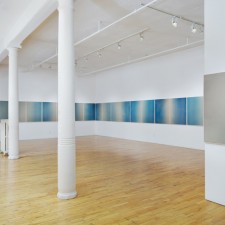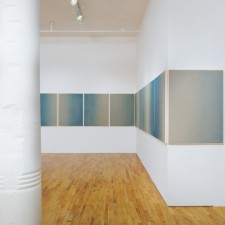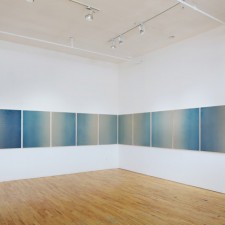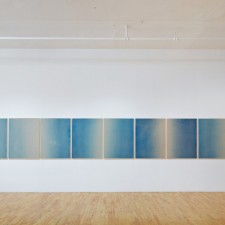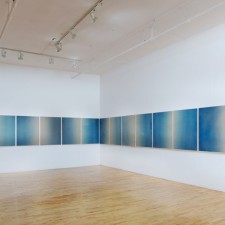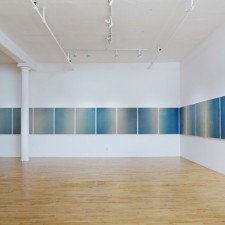HUGH SCOTT-DOUGLAS
Born 1988, Cambridge, England
Lives and works in Toronto, Canada
Education
2006-2010 OCAD, BFA, (Sculpture) Toronto, Canada
2005 Pratt Institute, Brooklyn, NY
Solo Exhibitions
2012
A cashed cheque, a canceled stamp, Silverman Gallery, San Francisco, CA
A Place in the Sun, Clifton Benevento, New York, NY
2011
Sitzprobe, Croy Nielson, Berlin, Germany
Chinese Whispers, Clint Roenisch, Toronto, Canada
2010
An Invitation to Lubberland, Clint Roenisch, Toronto, Canada
Group Exhibitions
Upcoming 2012
Like Minded (Curated by Micah Lexier), Plug-In ICA, Winnipeg, Canada
Liminal Boundaries, Luce Gallery, Turin, Italy
Group Show, Rod Barton Gallery, London
2012
Phases, Wallspace Gallery, New York, New York
Into the surface, Brand New Gallery, Milano, Italy
2011
Electrum (Collaboration with Ben Schumacher), Reference, Richmond, VA
Forms and Inflections, Silverman Gallery, San Francisco, CA
Color Me Bad, Nudashank, Baltiore, MD
2010
Parts Of A Hole, Xpace, Toronto, Canada
What Brings The Dust Together, New Gallery, London, UK
Absolutely (Collaboration With Liam Crockard), Clint Roenisch, Toronto, Canada
Bad Sculpture, Young Art, Los Angeles, CA
Bless This Mess, Deleon White Gallery, Toronto, Canada
2009
Henry Moore, Constantin Brâncusi & Patrick Swayze in that scene from that movie Ghost, Toronto, Canada
Double Dutch, Scott Projects, Chicago, MI
Seminal Hex, Studio Gallery, Toronto, Canada
Bibliography
2012
Vince Aletti,”Hugh Scott-Douglas at Clifton Benevento,” The New Yorker, January 27
Work For Free Magazine, Issue 8, Curated By Israel Lund
Jason Foumberg, Modernism, what have you done for me lately?, New CityArt, September
Document Magazine Issue #1 Summer 200
January 14 – February 18
Clifton Benevento is pleased to present A Place In The Sun, the New York solo-debut of Toronto based artist, Hugh Scott-Douglas.
Drawing its title from the 1951 George Stevens’ film of the same name, A Place In The Sun, presents a new body of cyanotypes on linen.
Within cinematic history, Stevens’ film is regarded as a prime example of analog editing and is particularly well known for its long dissolves between scenes. Using the dissolve – an editing technique created by manually splicing and layering multiple frames from separate scenes to create a fade-in / fade-out effect – as a formal reference, Scott-Douglas creates a series of nearly identical 30 by 40 inch works using two overlaid negatives.
“Shot” over a number of afternoons using the natural sunlight outside the artist’s studio, Scott-Douglas introduces an element of chance. As the sun moves across the sky the amount of ultraviolet light reaching the work changes making the chromatic tone of each work unique. The installation presents these works – what the artist refers to as frames, rather than strictly photographs or paintings – as a single object, broken into equal parts.
Installed so the perimeter of each frame visually gestures to the adjacent frame and in turn creates a checkerboard motif, Scott-Douglas reiterates the formal notion of the dissolve and completes an almost self-effacing act that makes each frame a part of a larger mise-en-scène rather than an independent object. Positing Stevens’ film as a historical referent and the analog dissolve as a formal trope to connote the passage of time, Scott-Douglas advances his meditation on painterly abstraction and his co-option of an industrial process to create painterly effects through non-painterly means.
Hugh Scott-Douglas was born in Cambridge, England in 1988; he lives and works in Toronto, Canada and holds a BFA in sculpture from the Ontario College of Art and Design (OCAD). Recent exhibitions include Croy Nielsen (Berlin), Silverman Gallery (San Francisco) and Plug-in ICA (Winnipeg, Canada). Upcoming group shows include, Wallspace (NYC), Luce (Turin), Brand New Gallery (Milan) and Rod Barton (London).
Vince Aletti, “Hugh Scott-Douglas at Clifton Benevento”. The New Yorker. January 26, 2012.
PDF OF REVIEW

